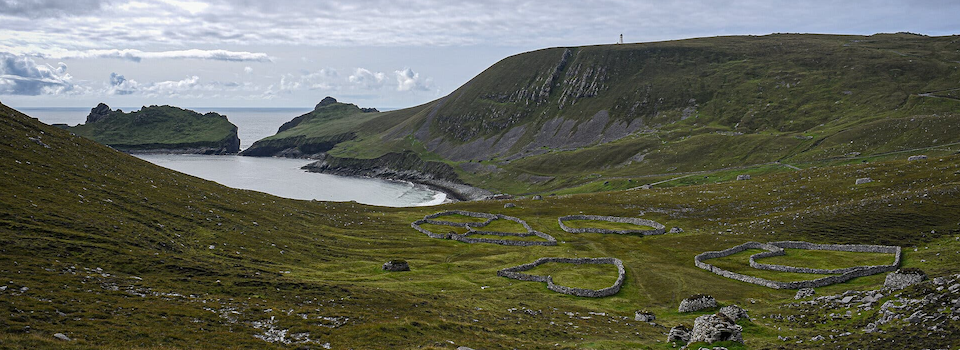
Jane Alison's Meander, Spiral, Explain: Design and Pattern in Narrative rises from her own interest in narratives that proceed in patterns other than the classic Aristotelian arc (conflict, complication, rising action, climax, dénouement). This not only strikes her as "something that swells and tautens until it collapses" (very male), but also very dependent upon the power relations that characterize many sexual acts. John Gardner tied this to the "energeic" novel: exposition, development, dénounment: something happens, something changes. But fiction doesn't merely narrate. Alison is seeking a fiction that is organic, but not necessarily orgasmic.
She finds an alternative in Peter Steven's 1974 book Patterns in Nature. (Stevens is an architect.) There are several ways that energy can propagate through space and matter in the nature of the universe. His ideas were updated in a different direction by Philip Ball with a book with the same title. (Ball was an editor of Nature.). Alison takes such natural patterns: spiral (fiddlehead fern, whirlpool), meander (river), explosion or radial (splash of dripping water), as well as cellular, fractal and branching patterns. "There are, in other words, recurring ways that we order and make things. Those natural patterns have inspired visual artists and architects for centuries. Why wouldn't they form our narratives, too?" (p. 22)
Alison goes on in the book to read fiction with an eye towards these patterns, with a lively set of authors: W.G. Sebald, Anne Carson, Raymond Carver, Gabriel Garcîa Márquez, Marguerite Duras, Tobias Wolff, Nicholson Baker. Each of these sets out fiction that takes a variety of narrative forms, building up patterns that spiral, twist, meander, explode, or form repetitive multiple perspectives that build a text differently from a single sweeping narrative. They do this even as all literature has to negotiate the word-by-word sequential act of reading, line by line.
I wondered if Alison might consider fiction or literature in other languages (not only through translation): how differently sentences can function in inflected languages such as German, Russian, or Greek, with the puzzles that can be placed within clauses finally to resolve in patterns by the end of the sentence. (The old joke about Thomas Mann's last work: he died before he could get to the verb.)
This is a very lively book that rewards reflection and thought, and it has led me to read authors I would not otherwise have read (probably), as well as re-read authors differently. I'm more aware of the variety of narrative forms that Dostoyevesky uses in a long work such as The Karamazov Brothers, and how these multiple layers of texts, some set pieces, build upon each other. What is the relationship, for example, of the famous episode "The Grand Inquisitor" with the process of Dimitri Karamzov's trial?
This book is not a how-to, but it made me want to write , to imagine. Alison is a novelist who teaches writing at the University of Virginia, and a wonderful translator of Ovid's tales of eroticism and strange sexuality in Change Me, based on Amores and Metamorphoses.
